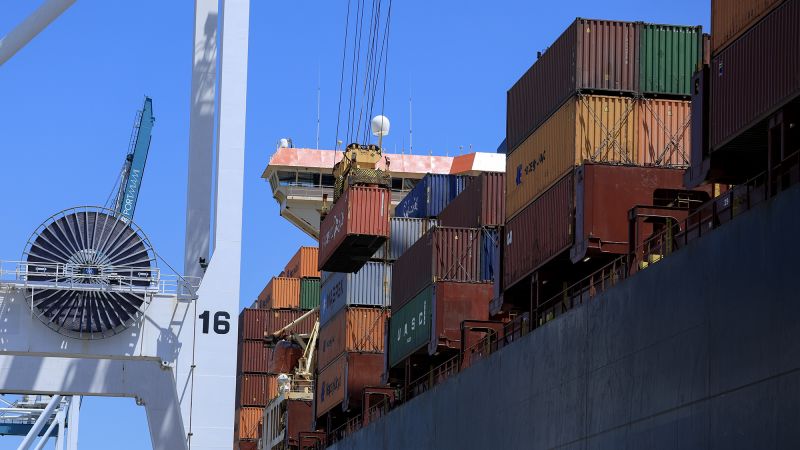President Donald Trump’s administration has faced significant legal challenges regarding its implementation of tariffs, particularly those deemed the heaviest. A recent ruling by a federal appeals court highlighted this ongoing legal battle, allowing certain tariffs to move forward while the merits of the case are examined more closely in the coming months. This decision emerges after the Court of International Trade found that President Trump had overstepped his authority by imposing tariffs on a nation-wide basis under the guise of a national emergency, prompting the administration to appeal.
According to the appeals court ruling, both legal factions presented strong arguments. The court underscored that the typical considerations for a stay, or postponement, were satisfied, suggesting that the invocation of tariffs can continue as legal proceedings unfold. Thus, the stay will be enforced while the appeal processes, which have been put on a fast track for resolution this summer, run their course.
The court’s order went further to indicate that the circumstances surrounding these cases are of “exceptional importance,” warranting an expedited en banc review—meaning a full panel of judges will consider the appeal promptly. This move aims to ensure that the legal landscape surrounding the tariffs is clarified quickly, given the implications for trade policy and economic stability.
Despite the ruling being seen as “unfortunate” by plaintiffs’ representatives, including law professor Ilya Somin from Scalia Law School, there remains a glimmer of optimism regarding the expedited review process. Somin expressed continued confidence in the strength of their legal case while acknowledging the complexity and urgency of the issues at hand. CNN has sought comments from the White House to further understand the administration’s stance on this ruling.
Importantly, the appeals court’s decision does not directly affect the sector-specific tariffs that President Trump previously imposed, notably on aluminum, steel, cars, and auto parts. This distinction stems from the fact that those tariffs were implemented under Section 232 of the Trade Expansion Act, which grants the president significant leeway to impose tariffs based on perceived national security threats. This legal framework creates a nuanced scenario where, irrespective of the ruling’s outcome, certain tariff measures can still be applied, potentially complicating future trade relations.
In addition to Section 232, there are other legislative routes available to the president for imposing tariffs, albeit with more limitations compared to the principal trade mechanisms. For instance, the International Emergency Economic Powers Act (IEEPA) also allows for tariff action but under different circumstances and justifications. Trump has previously attempted to invoke these powers to impose reciprocal tariffs, including an overarching 10% tariff on various countries cited for issues ranging from illegal immigration to drug trafficking.
As the tariff landscape evolves, economic estimates suggest that absent new import taxes associated with IEEPA, the effective average tariff rates in the United States could significantly decline. Specifically, finance experts from JPMorgan predict that the rates could drop from the current 13-14% to around 5%, aligning more closely with pre-Trump administration levels while still remaining higher than in the past.
With the backdrop of fluctuating tariffs, businesses are left grappling with uncertainty. The continuous adjustments in tariffs—whether through imposition, pauses, hikes, or reductions—have created a chaotic environment for both businesses planning to import goods and consumers contemplating their purchases. Trump’s call to shift production domestically serves as a theoretical relief to minimize tariffs, yet this strategy demands extensive time and capital investment, often spanning years and reaching into the millions or even billions of dollars.
In summary, the recent appeals court ruling marks a critical juncture in the ongoing legal discussions surrounding President Trump’s tariffs. While certain tariffs can continue to be implemented pending legal proceedings, the larger implications for U.S. trade policy and economic health remain to be seen. The urgency conveyed by the ruling reflects the broader significance of these tariff measures amidst a complex and evolving trade environment. This narrative will undoubtedly evolve as further legal evaluations and economic analyses emerge.



